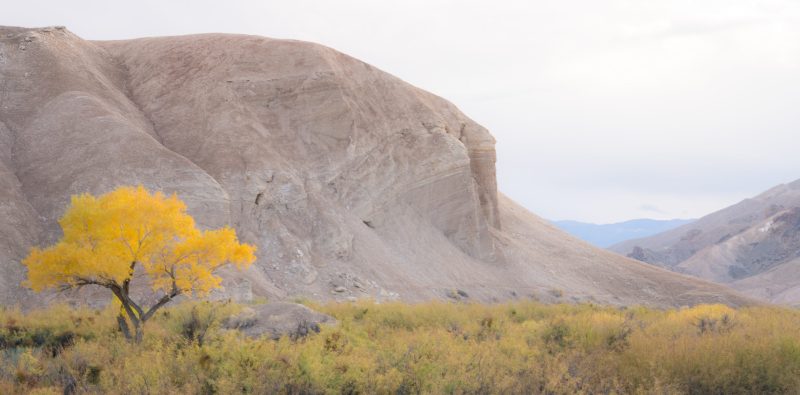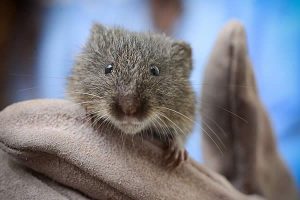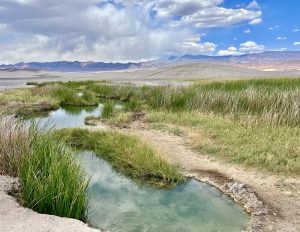
Amargosa Conservancy is a science-based nonprofit protecting the wildlands, waterways, and wildlife of the Amargosa Basin. Straddling the border of California and Nevada, the Amargosa Basin is a 5,500-square-mile expanse of alkaline seeps, salt flats, desert wetlands, mesquite bosques, and creosote scrublands. It is home to several endemic and endangered species, including the Amargosa vole, Amargosa niterwort, Amargosa pupfish, and several species of rare aquatic snails. It’s also home to the Amargosa River, which is one of the only free-flowing rivers in the Mojave Desert, though it flows mostly underground. The Amargosa River is a vital water source for the Amargosa Basin and the species that live there, but it is increasingly threatened by climate change, mining, and overdrafting from agriculture and industry. Founded in 2004, Amargosa Conservancy has been protecting this ecological oasis through science, stewardship, and advocacy for over 20 years. “We are the resource in the area for all things water,” says Ashley Lee, the organization’s Board President.

The Amargosa Basin is home to several endangered and endemic species, including the Amargosa Vole. Photo: Amargosa Conservancy
With four full-time staff and 10 board members, Amargosa Conservancy is a small group working toward a sustainable future for the Amargosa River and Basin. When Rover Critical Minerals unveiled plans to mine lithium near the Amargosa Basin’s Ash Meadows National Wildlife Refuge in 2023, Amargosa Conservancy formed a diverse coalition of Tribes, conservation groups, and local governments calling for a federal mineral withdrawal in the region. The coalition, led by Amargosa Conservancy, seeks to safeguard over 276,000 acres of the Amargosa Basin from mining and other extractive industries. In partnership with the American Bird Conservancy, Amargosa Conservancy is currently working to restore 975 acres of riparian zones along the Amargosa River, rehabilitating crucial habitat for several of the region’s endemic species. The group is also collaborating with the California Botanic Garden and members of the Timbisha Shoshone Tribe to restore native plants like screw bean, honey mesquite, and the critically endangered Amargosa riverwort.

Desert wetlands dot the floor of the Amargosa Basin. Photo: Amargosa Conservancy